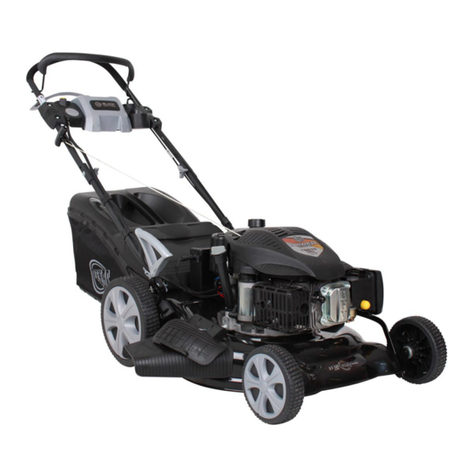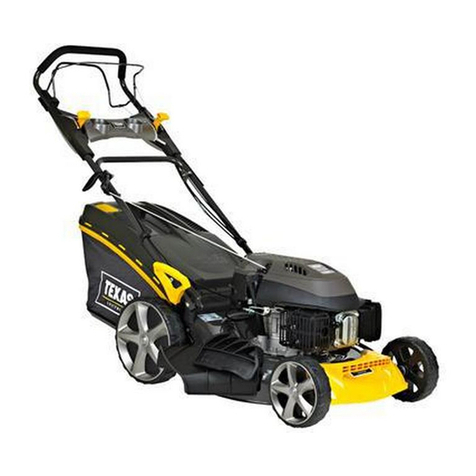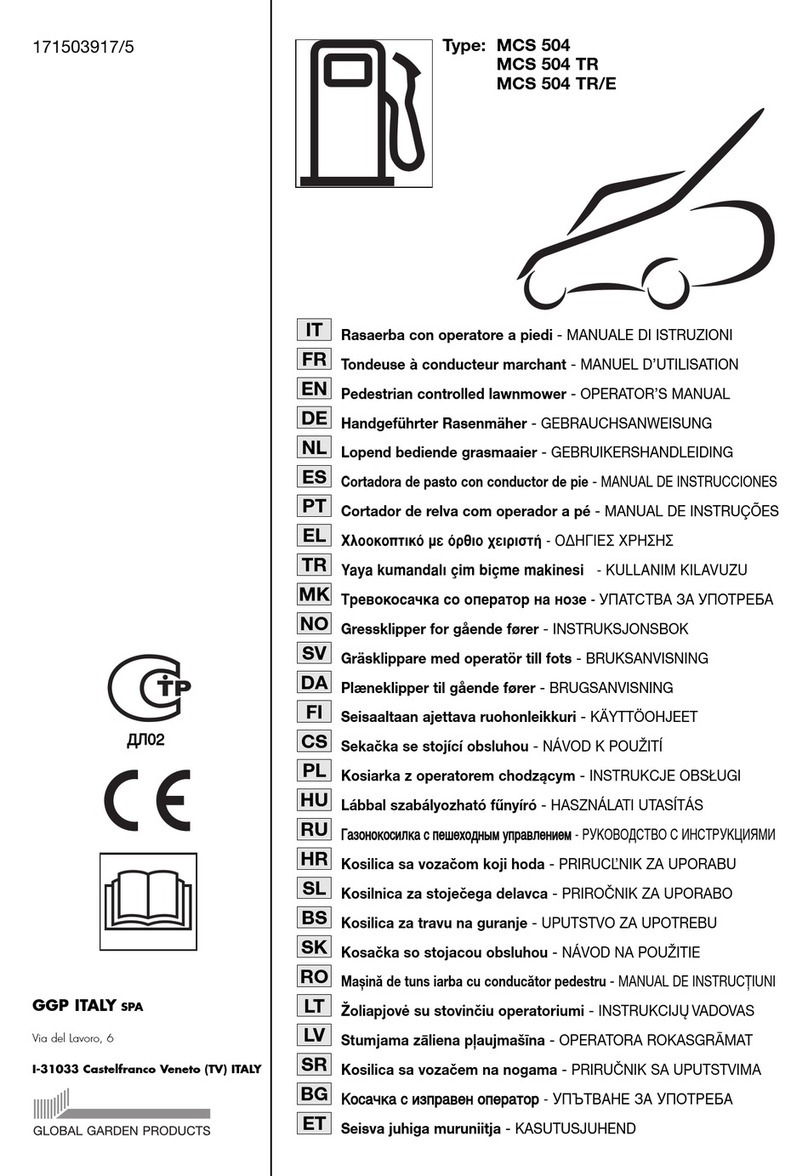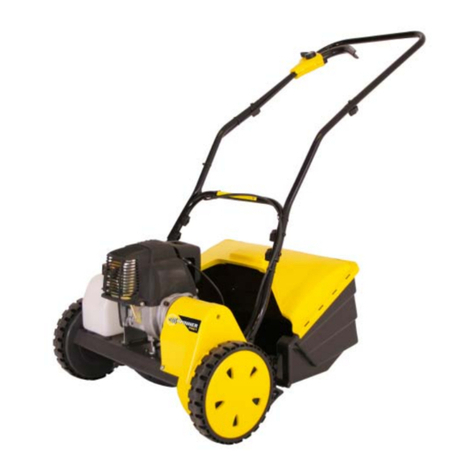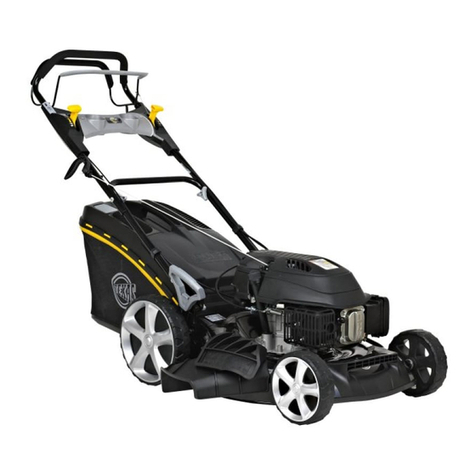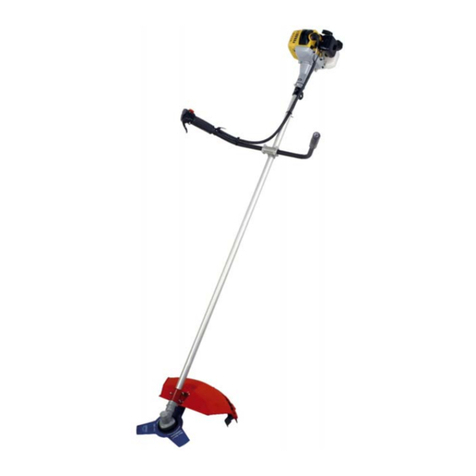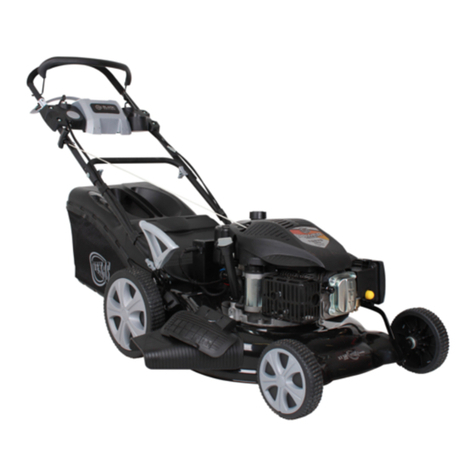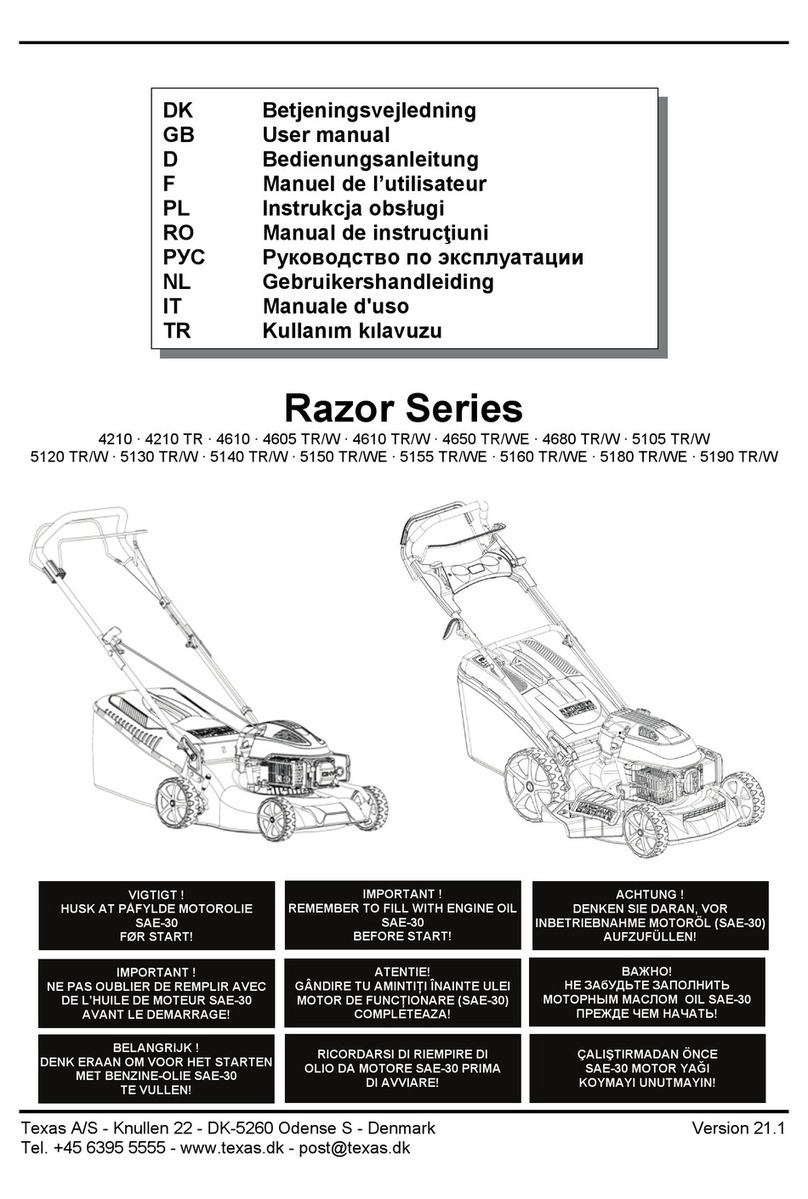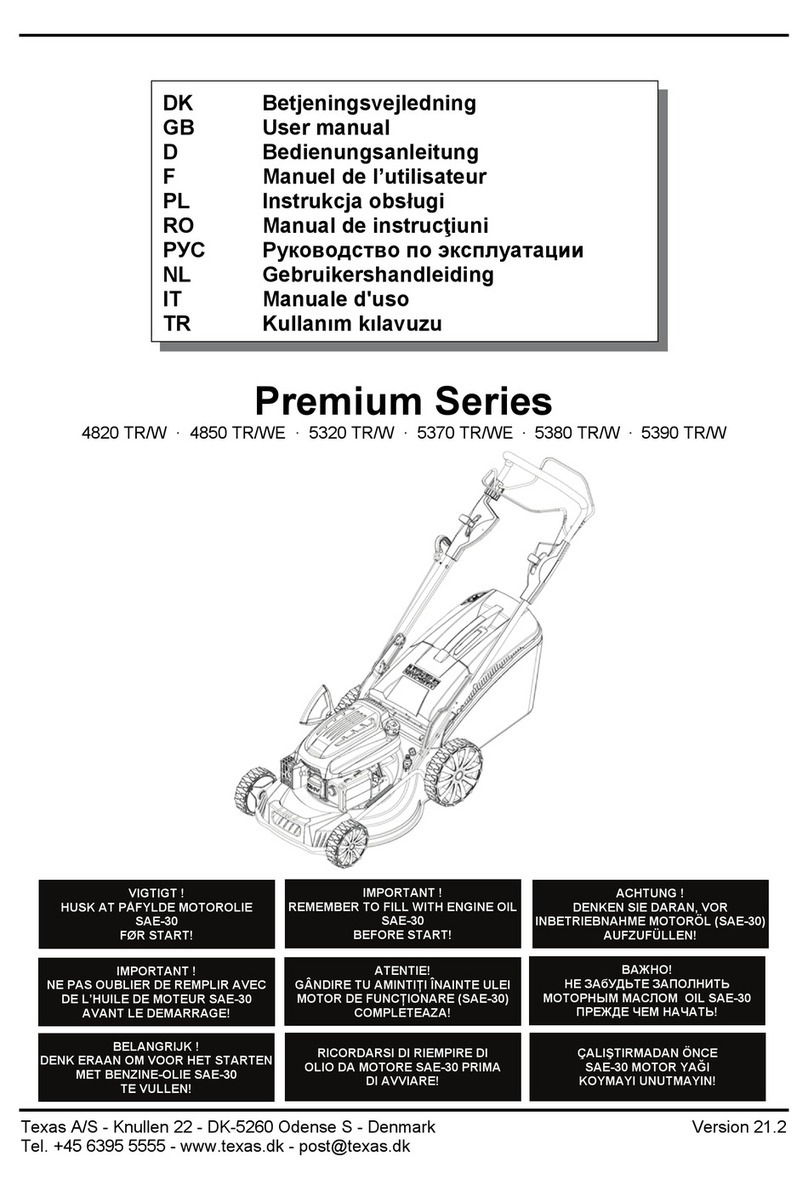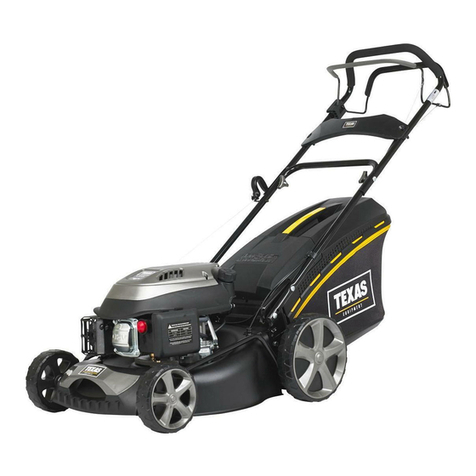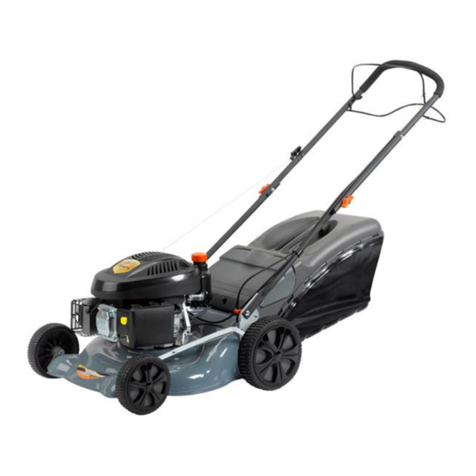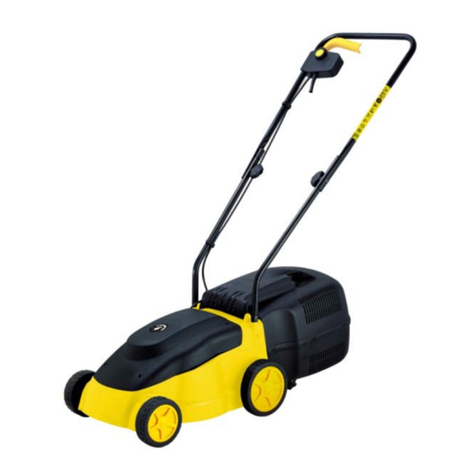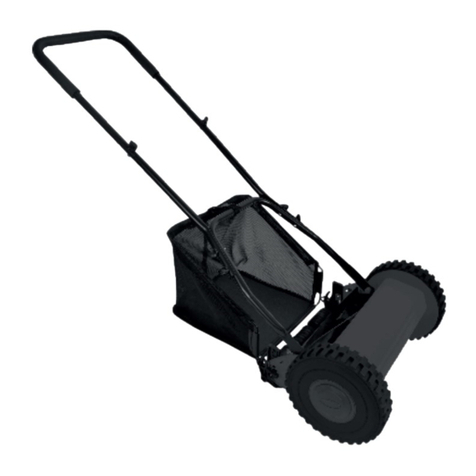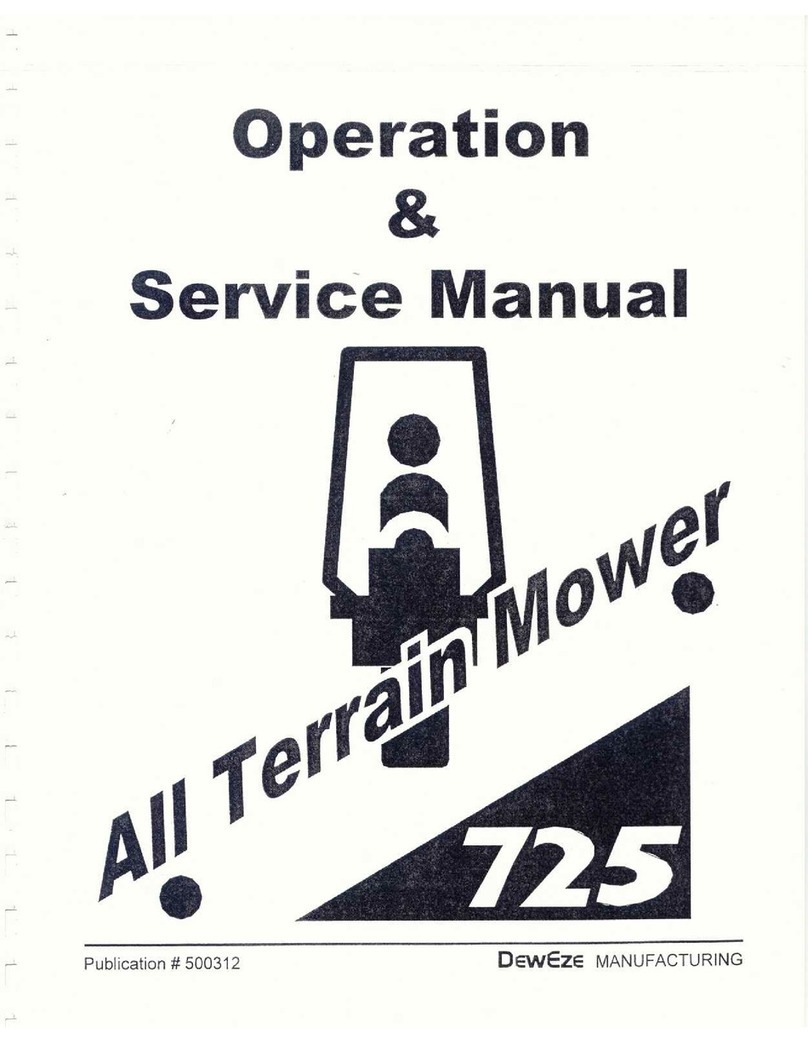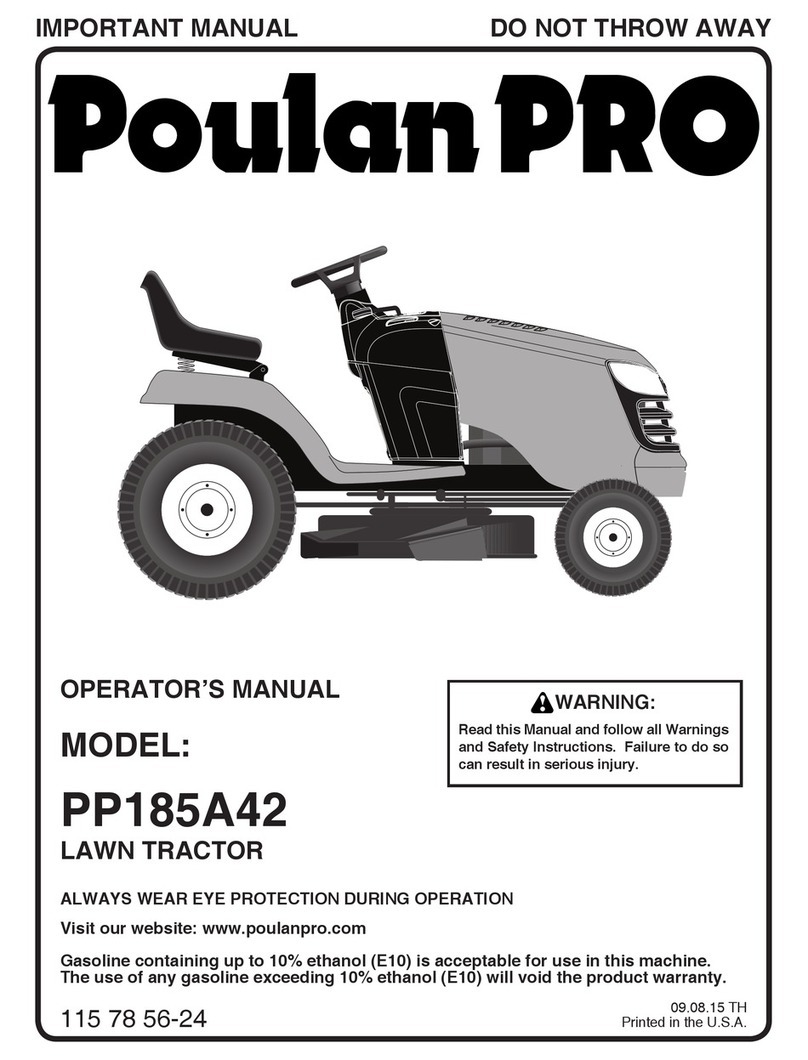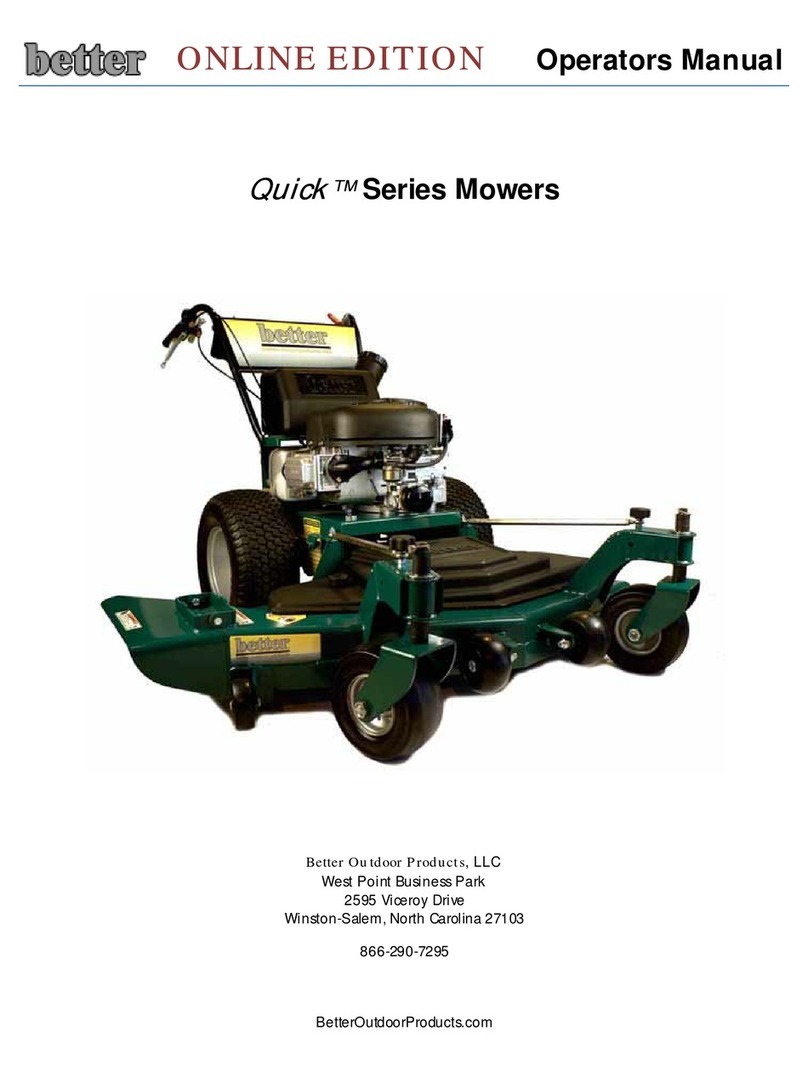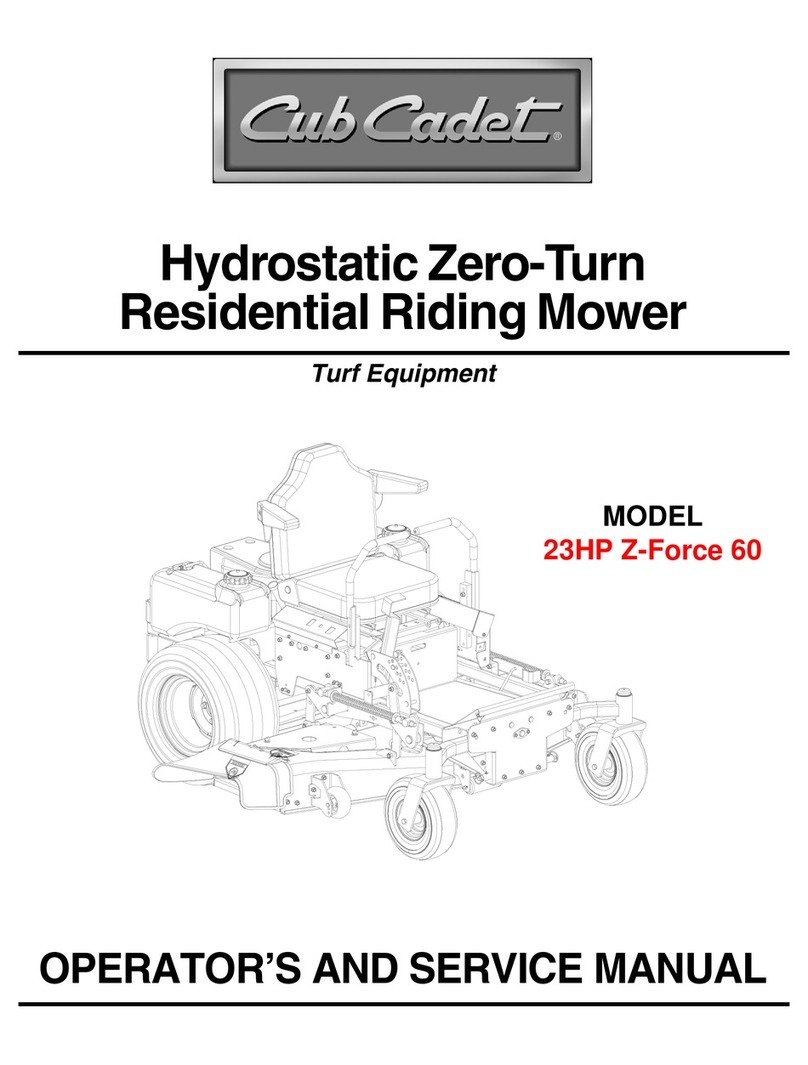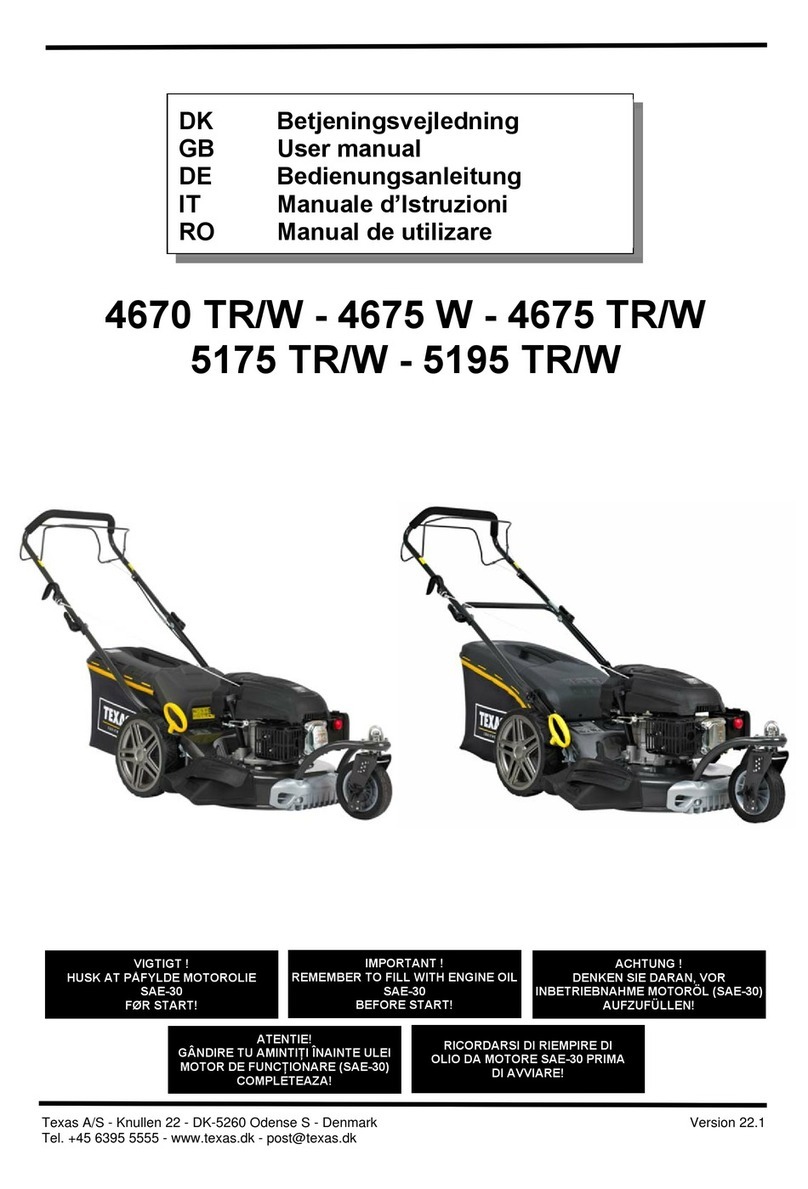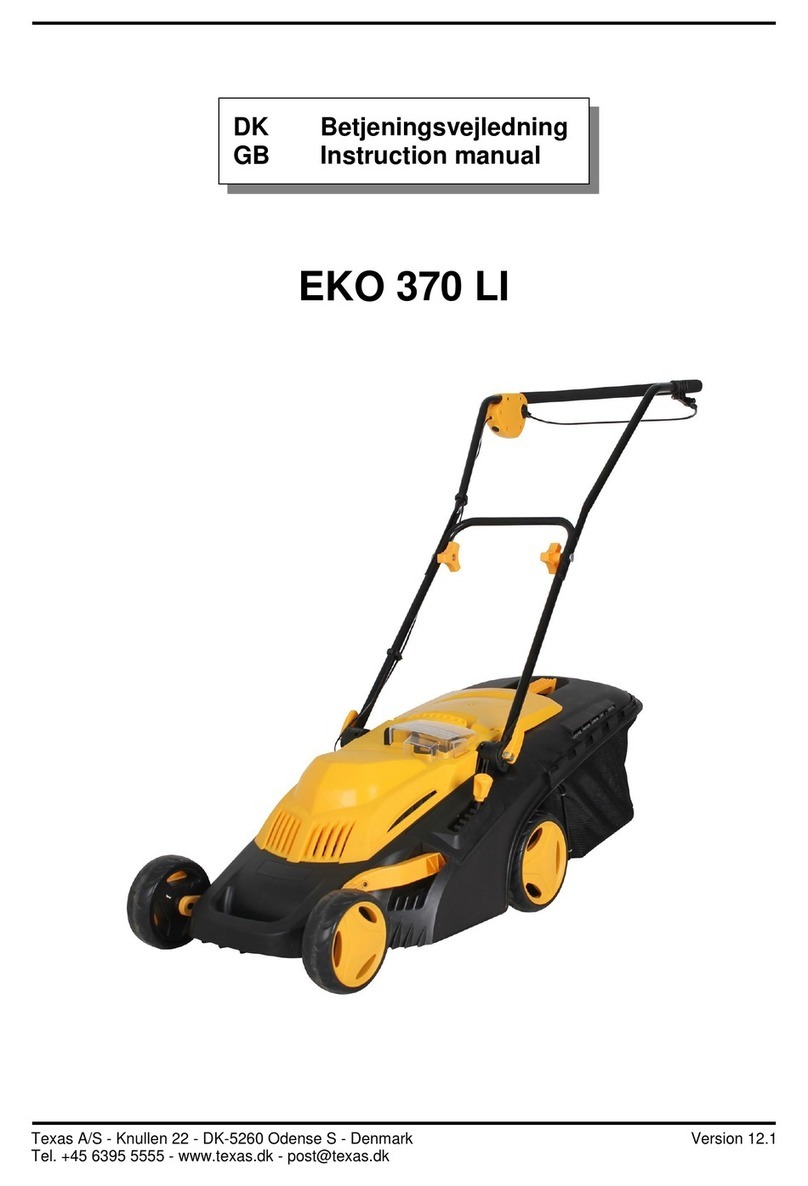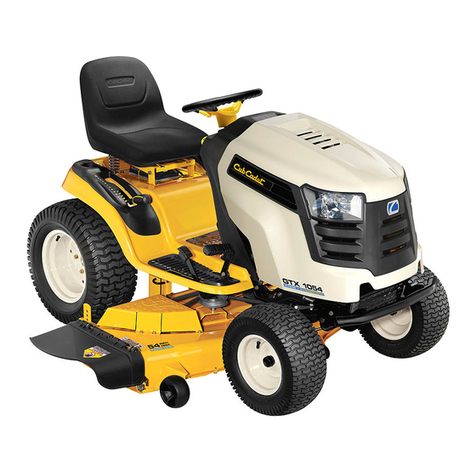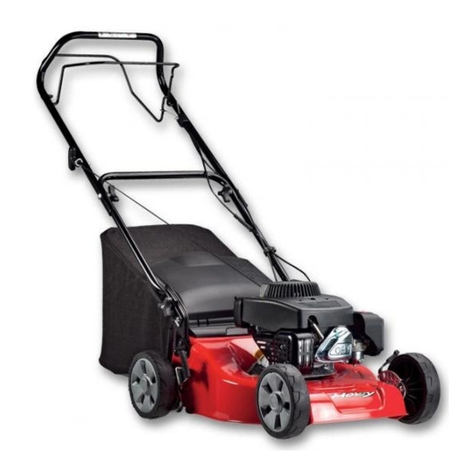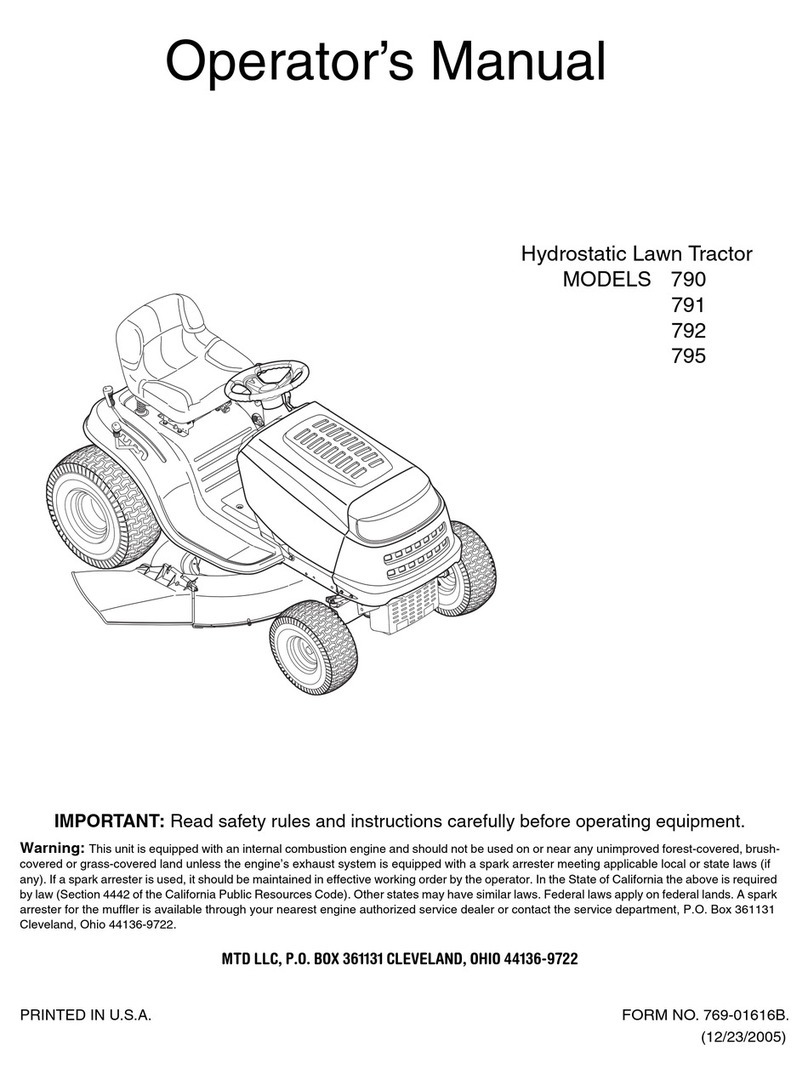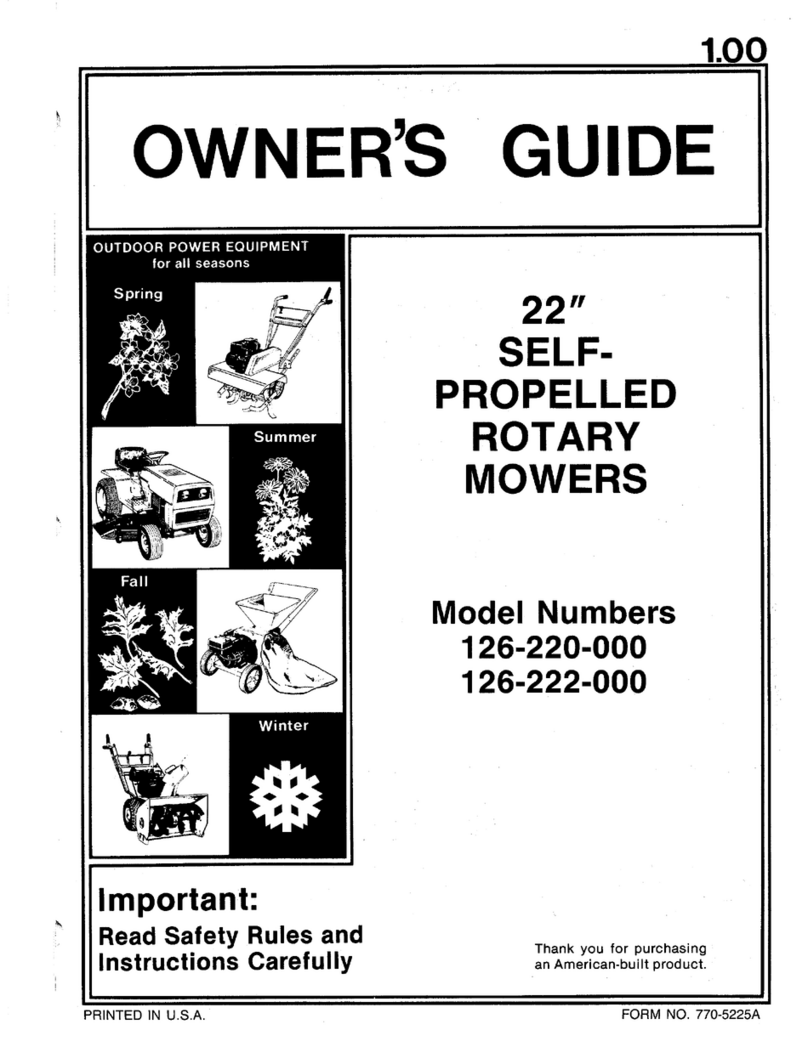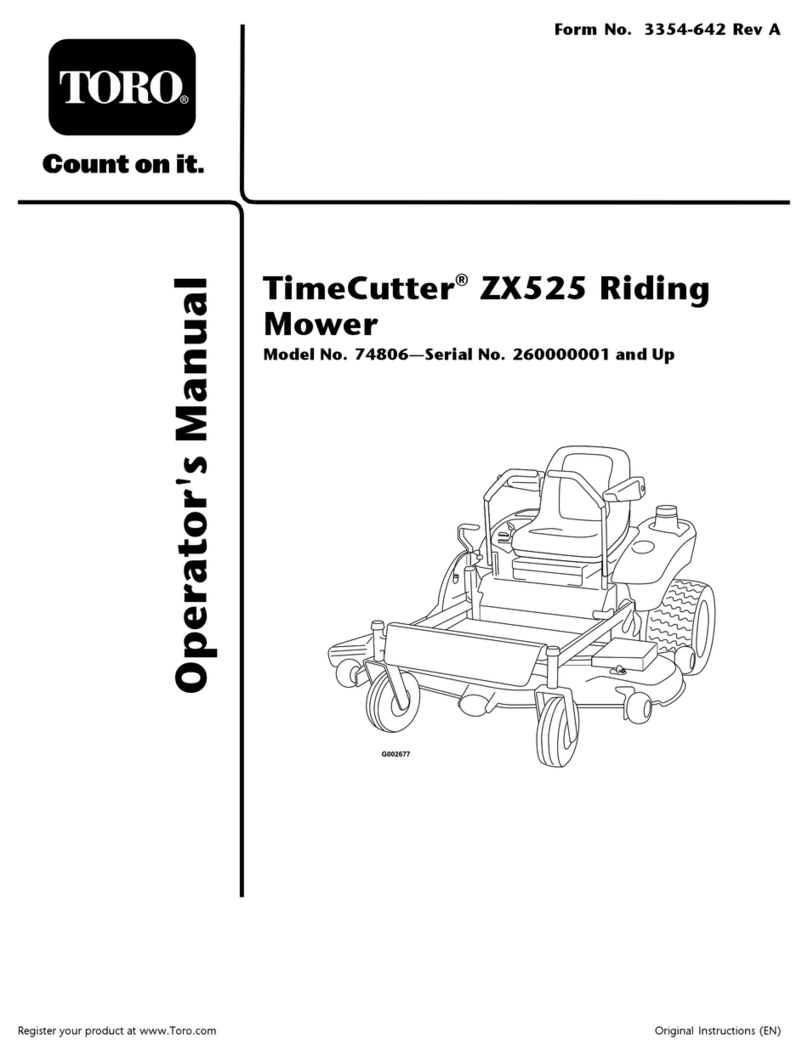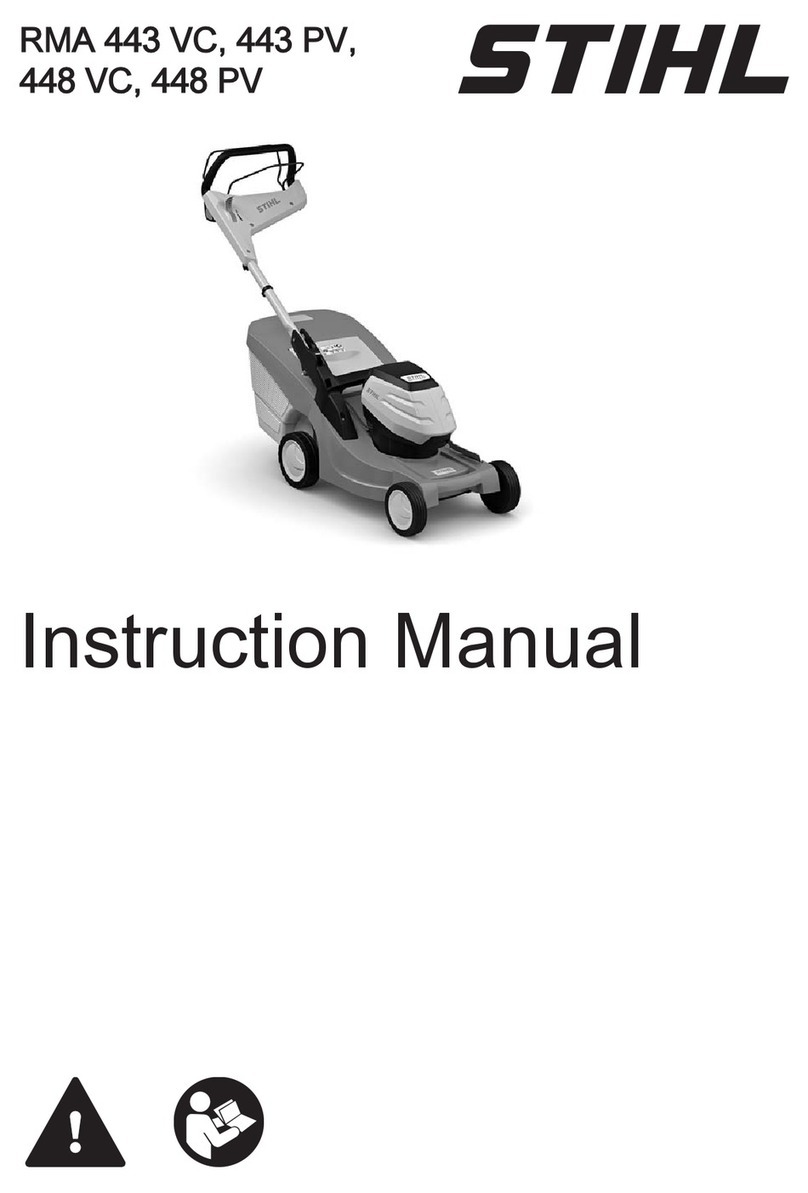
9
Fig 2
To Tum the EDGER "Off', Release the Trigger switch.
IMPORTANT. Do Not force the trigger switch without
first pressing the Lock Button.
Do Not tie or jam the trigger switch in the "On" position.
The trigger switch is designed to be held in the "On"
position by your hand only.
Take care when you tum the EDGER "On" that the
cutter is in a safe position to operate.
Edge Guide
Fig 3-4
The edge guide is used when edging is required against
a solid material like a paved surface. It is important to
ensure the edge guide is used in these conditions as
the edge guide will assist in preventing the blade from
making direct contact with the paved surface.
To set the edge guide in the Down position, grasp the
Edge Guide Control Knob and move the knob sideways
toward the centre of the edger and then push
downwards.
The Edge Guide Control Knob should be returned to the
upright position to lock the Guide in the down position.
To set the edge guide in the Up position, grasp the
Edge Guide Control Knob and move the knob sideways
toward the centre of the edger and then pull upwards to
lift. The guide.
The Edge Guide Control Knob should be returned to the
upright position to lock the Guide in the raised position.
Cutting Depth
Fig 5-6
The Cutting Depth of the EDGER can be altered to one
of 3 settings to a Max of approx. 38mm.
To adjust the cutting depth, loosen the Height
adjustment knob approx. 5-6 full tums, but do not
remove. Push the knob fully towards the body of the
edger and at the same time move the front wheel arm
across to the opposite side of the housing.
Raise or lower the arm to the desired position, and then
pull the height-adjusting knob
Outwards. Rotate the knob in a clockwise direction until
all of the slack is taken out of the assy. Check to ensure
the front wheel arm has located into any of the pre-
allocated positions and the head of the bolt securing the
front wheel arm is sitting flat on the surface of the wheel
arm. Firmly tighten the height adjustment knob.
Adjustment
The tube handle can be set at three different heights.
To set the height for your comfort, slide the tube up to
the level required using one of the three holes provided
and insert the coach screw. Tighten the knob fully
locking the two tubes in place.
Note: When first assembling the tube to the edger the
tubes should be pulled fully up to allow the cord to sit
correctly in the tubes and motor housing.
Edging
•Set the cut depth at 25mm and set edge guide
to the down position.
•The guard is fitted with a raised rib section
which acts as a blade cut indicator. This knob
will assist in guiding the operator where the
blade will cut. During operation, the operator
can sight down the rib of the guard to where
the edge is to be cut.
•Before starting the edger, line up the tool so
the edge guide rests against the edge of the
paved surface, both rear wheels should be on
the paved surface when edging.
•HINT: When there is heavy overgrowth of
grass over the paved surface it may drag on
the guard. An initial cut may be required with
the edger on the grass side. Th1s_ will require
lifting up the edger guide and may require
reducing the depth of cut.
•To avoid kickback of edger, tilt the handle
down so the blade is above the ground.
•Turn switch on and allow blade to spin without
moving the tool.
•Slowly lift the handle to lower the blade, finding
the edge of the paved surface and start
edging. Then move tool forward slowly along
edge of paved surface, keeping the edge
guide pressed lightly against the pavement
edge.
•For the first edging each season, it is best to
move forward slowly because grass is thickest
then. Subsequent edging will be completed
more rapidly.
•If the tool slows down, back it up slightly until
the blade returns to normal speed. During
edging some sparks may be generated from
hitting stones, this is normal. Do not attempt to
edge when the grass or soil is wet or moist -for
electrical safety and to prevent clogging of the
blade chamber.
Landscaping l Trenching
Before landscaping or trenching, inspect and ensure
there are no exposed or buried cables or pipes or other
objects that may create a hazard or interfere with
operating the edger. Lift the edge guide lever (6) for all
trenching. Set depth to only that required for the job, do
not overload, if tool slows, pull back slightly and wait
until the blade returns to normal speed.
Changing the Blade
Fig 8-9
Prior to attempting to perform any maintenance which
includes the changing of the blade, ensure the power
supply cable has been totally disconnected from the
mains 240Volt supply.
Position the edger on its side with the Blade upwards.
Ensure the surface you are working on is clean and
foreign particles (stones etc.) cannot enter the air intake
slots of the motor housing.
Place the large flange spanner over the outer blade
flange.
Fit the blade spanner over the blade lock nut and while
holding firmly the spanner on the blade flange, rotate
the locking nut in an anti-clockwise direction.
Remove the lock nut completely along with the outer
flange and blade.
There is no need to remove the inner flange although
on re assembly the area of the inner flange must be
free of foreign particles of dirt etc.
To re assemble with the a new blade fit the inner flange
on to the spindle, fit the replacement blade and secure
the outer flange on to the spindle and blade.
Ensure the assembly is correct and the blade is
correctly orientated by checking the diagram below.

